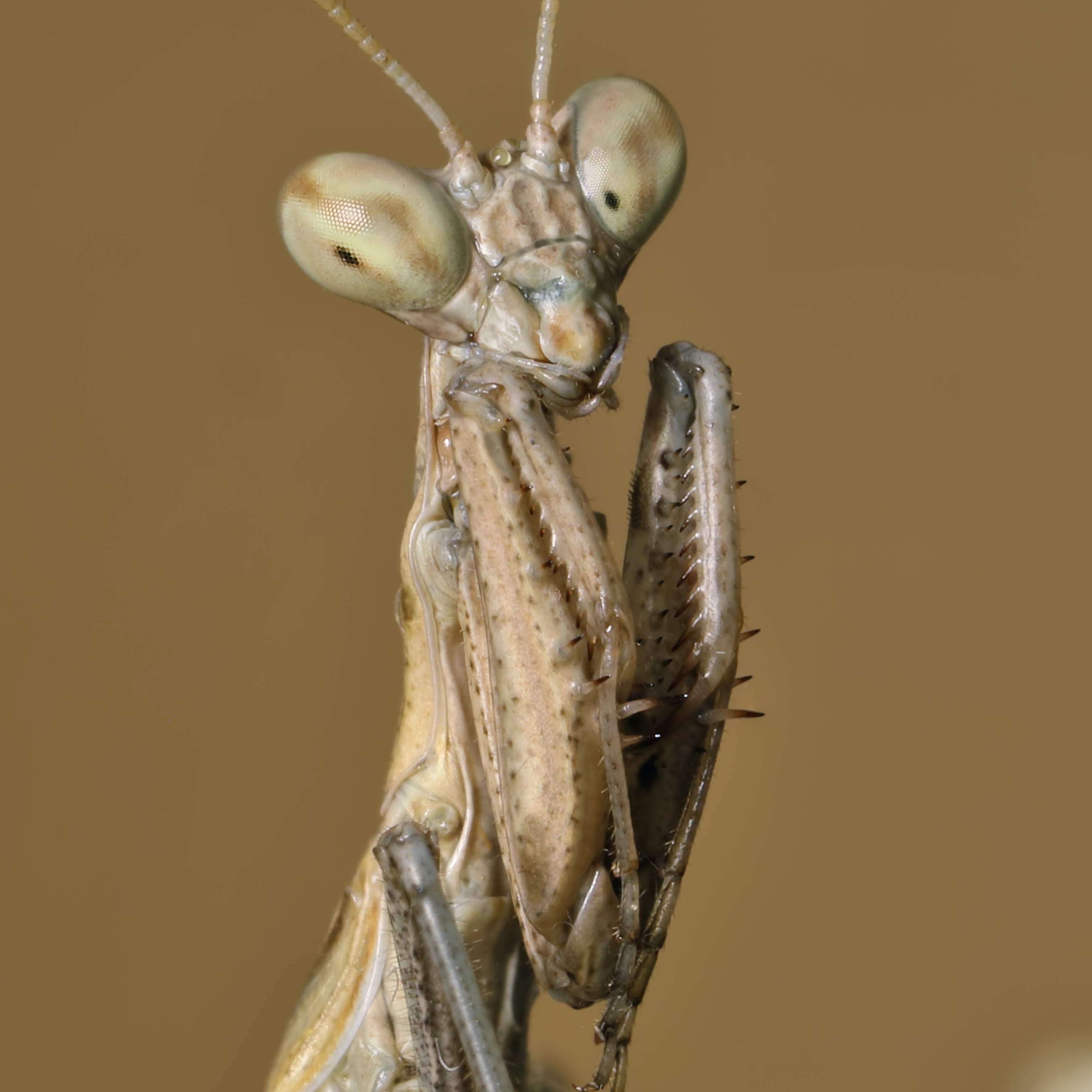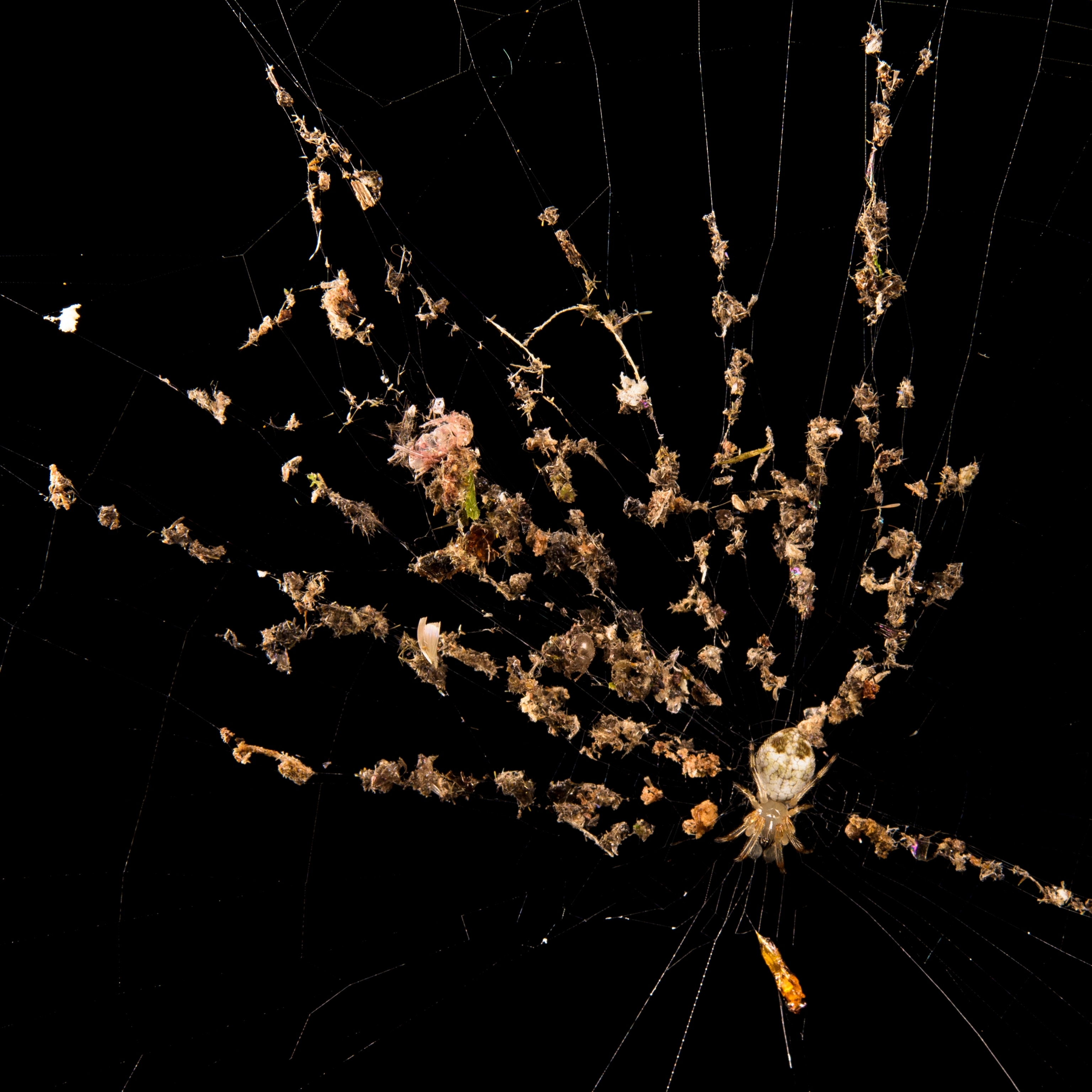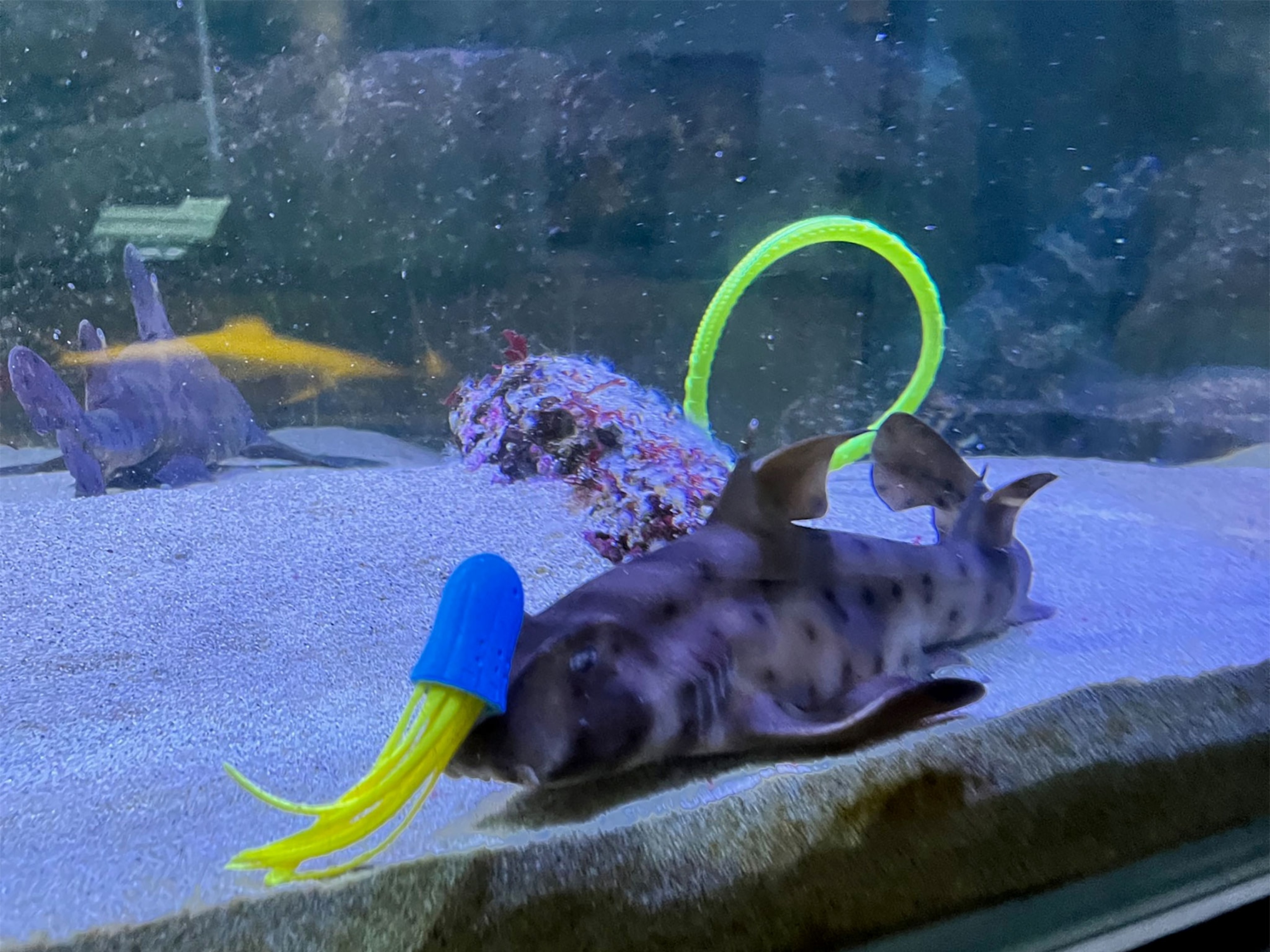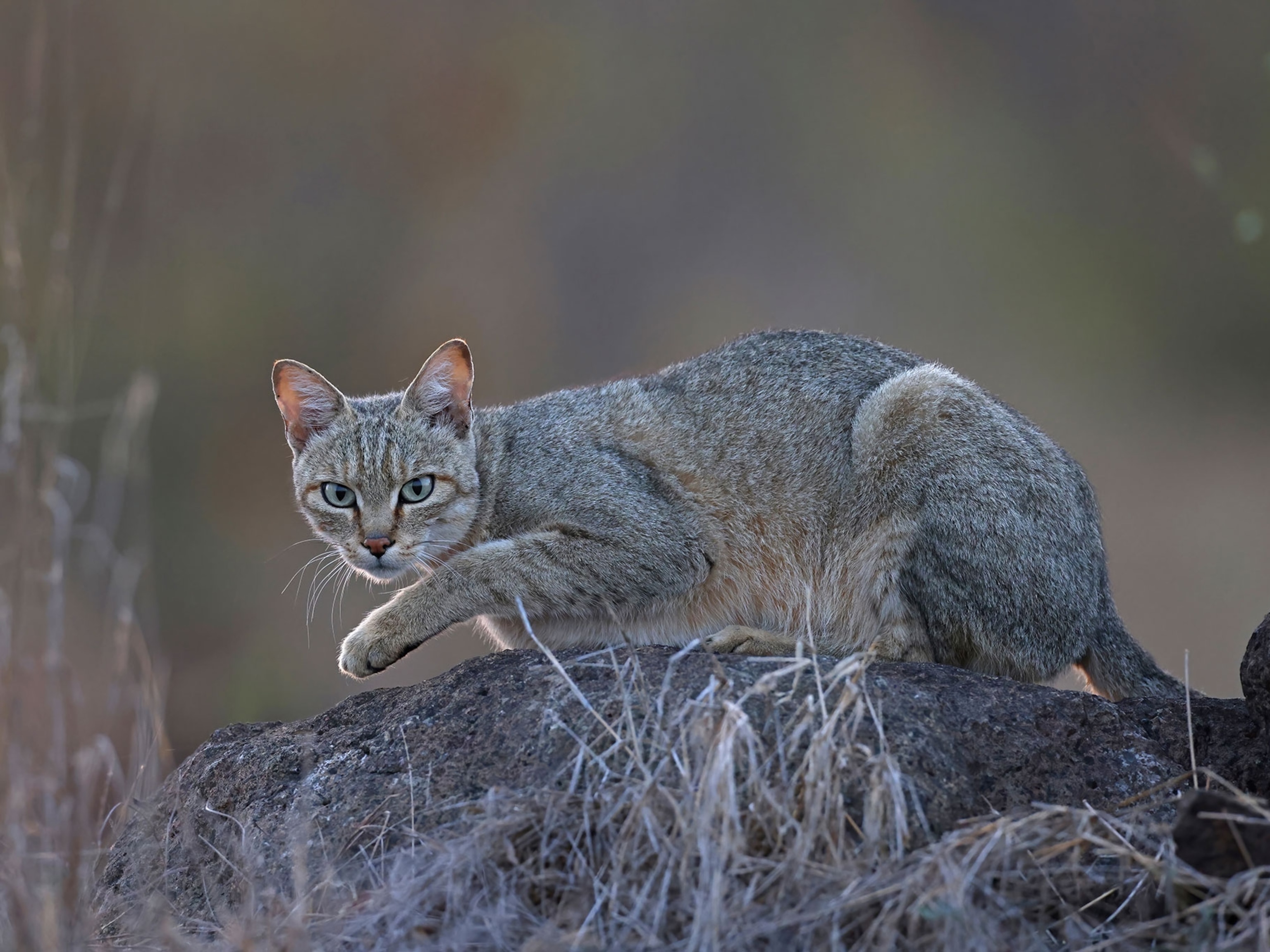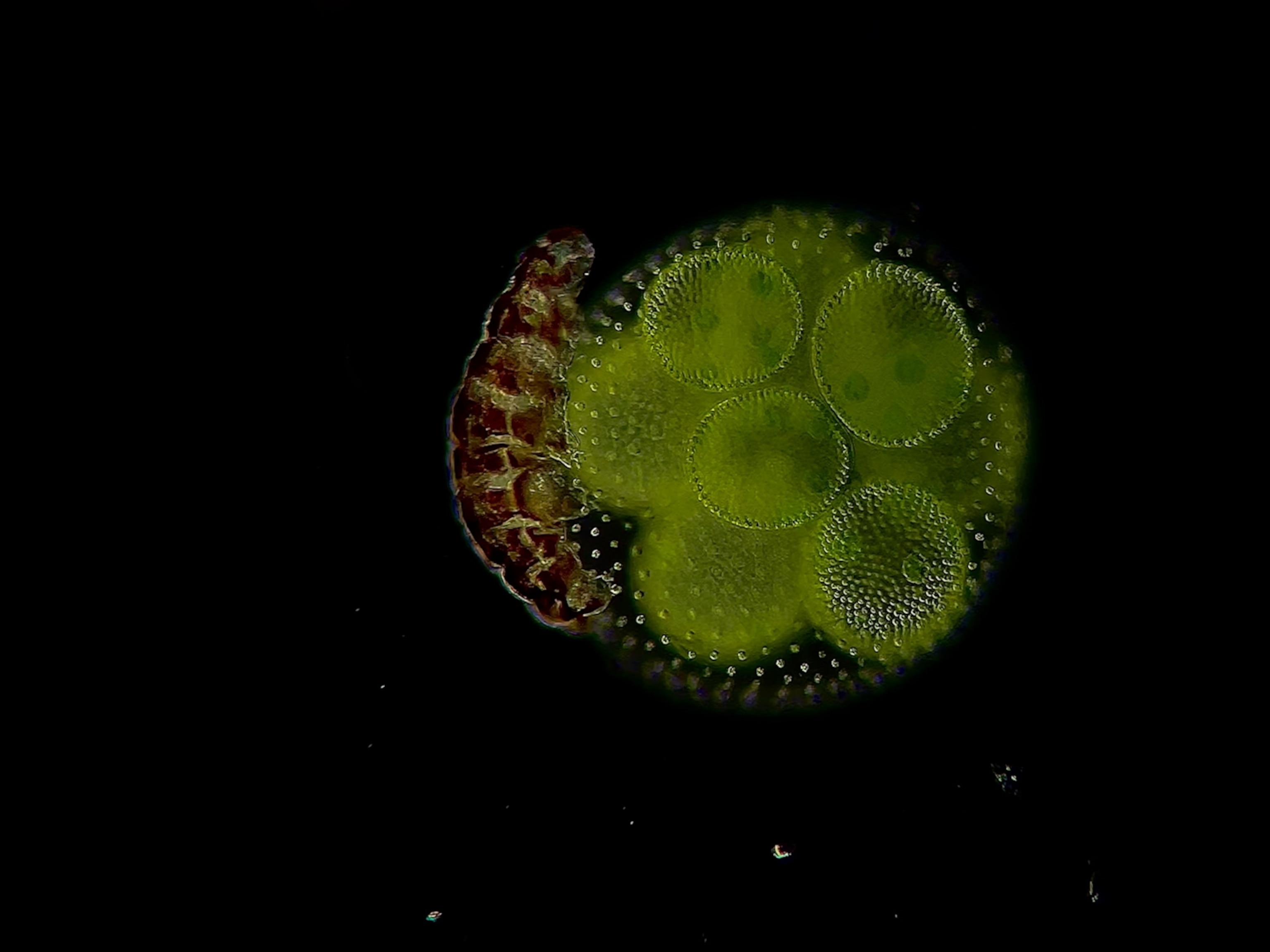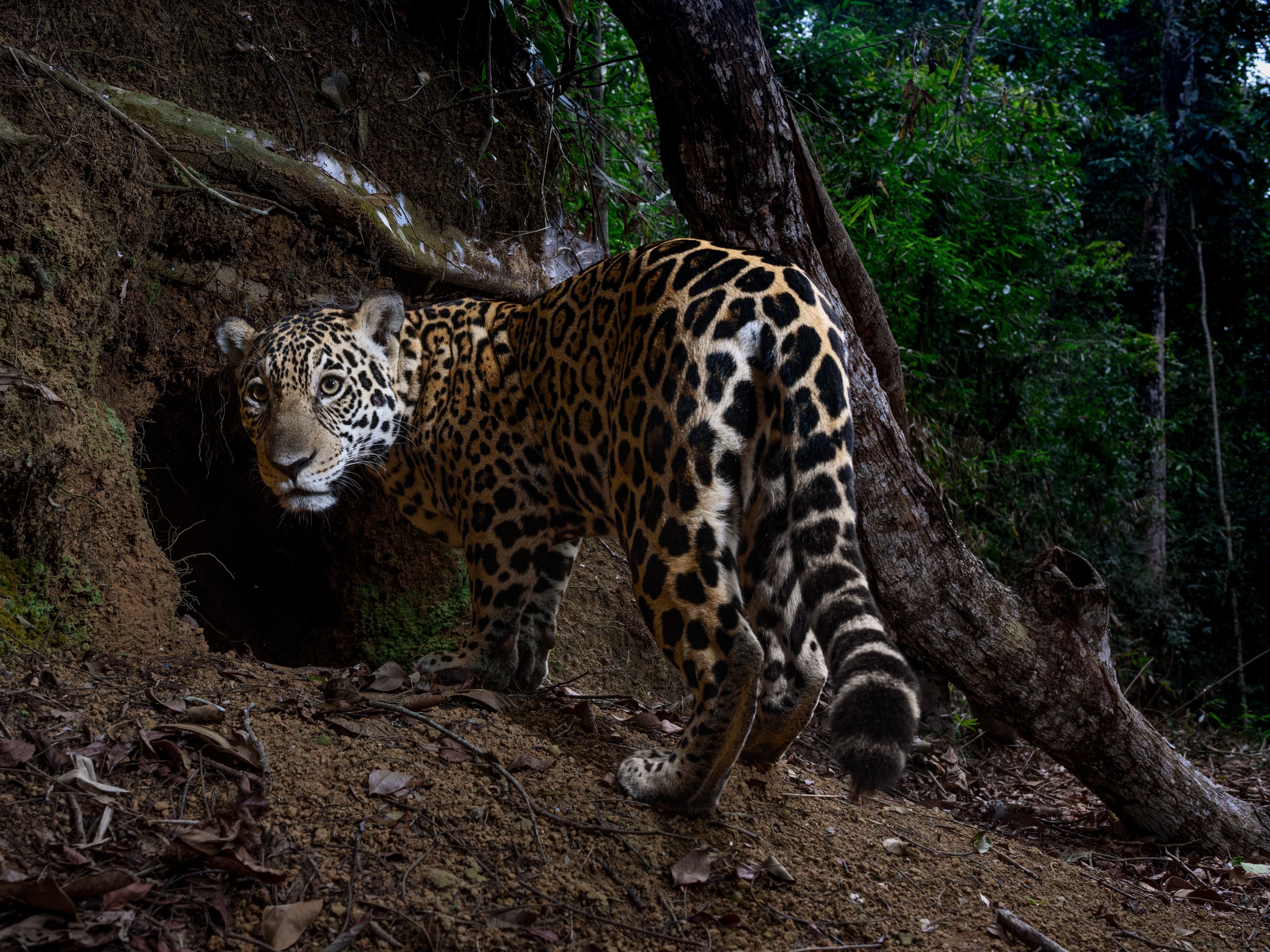
Four Creepy, Cool Ways Roadkill Helps Science
Dead animals don't have to be a total waste.
Roadkill. Highway pancakes. Flat pizza. Most of the time, it’s either smashed to a pulp, pushed to the side of the road, or collected and destroyed. But dead animals have a lot of value, from scientific to caloric.
Roadkill is in the news this week, after Polish biologist Piotr Skorka published research on butterflies Monday—roadkill butterflies, to be specific. His team collected a variety of the insects, froze them, and put them on roads and verges (edges of roads). Later they went back to count how many remained.
They found that larger butterflies and those actually on the road surface were more likely to get eaten by scavengers, perhaps because they were more visible.
But the study, published in Biological Conservation, wasn’t the first time that the dead bodies of roadkilled animals have helped science. They are useful for collecting DNA samples, for measuring toxic buildup in animals, and for studying anatomy, just to name a few examples.
Here are four more ways that roadkill can help scientists:
1. Feeding Other Animals
When an animal is killed by a car, it may be scavenged by predators, or picked up by a government service such as sanitation or animal control. After a carcass is cleaned up by a government department, it usually goes to a landfill or an incinerator.
But at the same time, carnivorous captive animals like lions and tigers in zoos have to eat meat from farms where animals are killed specifically for food. So why not just give these beasts roadkill?
In Rochester, New York, the Seneca Park Zoo sometimes does just that.
While the zoo's lions, wolves, and other animals usually eat meat from a traditional supplier, the keepers do accept fresh roadkill deer with a known provenance. If police or others cause or witness the animal's death, they can call the zoo.
While the American Zoo Association has called roadkill feeding “a viable tool in good management protocols for many carnivore exhibits," they also officially discourage the use of roadkill, “unless it can be established that they are from a safe source.” So at the Seneca Park Zoo, roadkill deer are only accepted if they are less than 10 hours old, they are killed under circumstances that zoo staff is aware of, and vets check the carcasses for disease and tumors before allowing them to be fed to the animals.
Another organization that feeds roadkill to its charges is the Wolf Education Research Center in Winchester, Idaho.
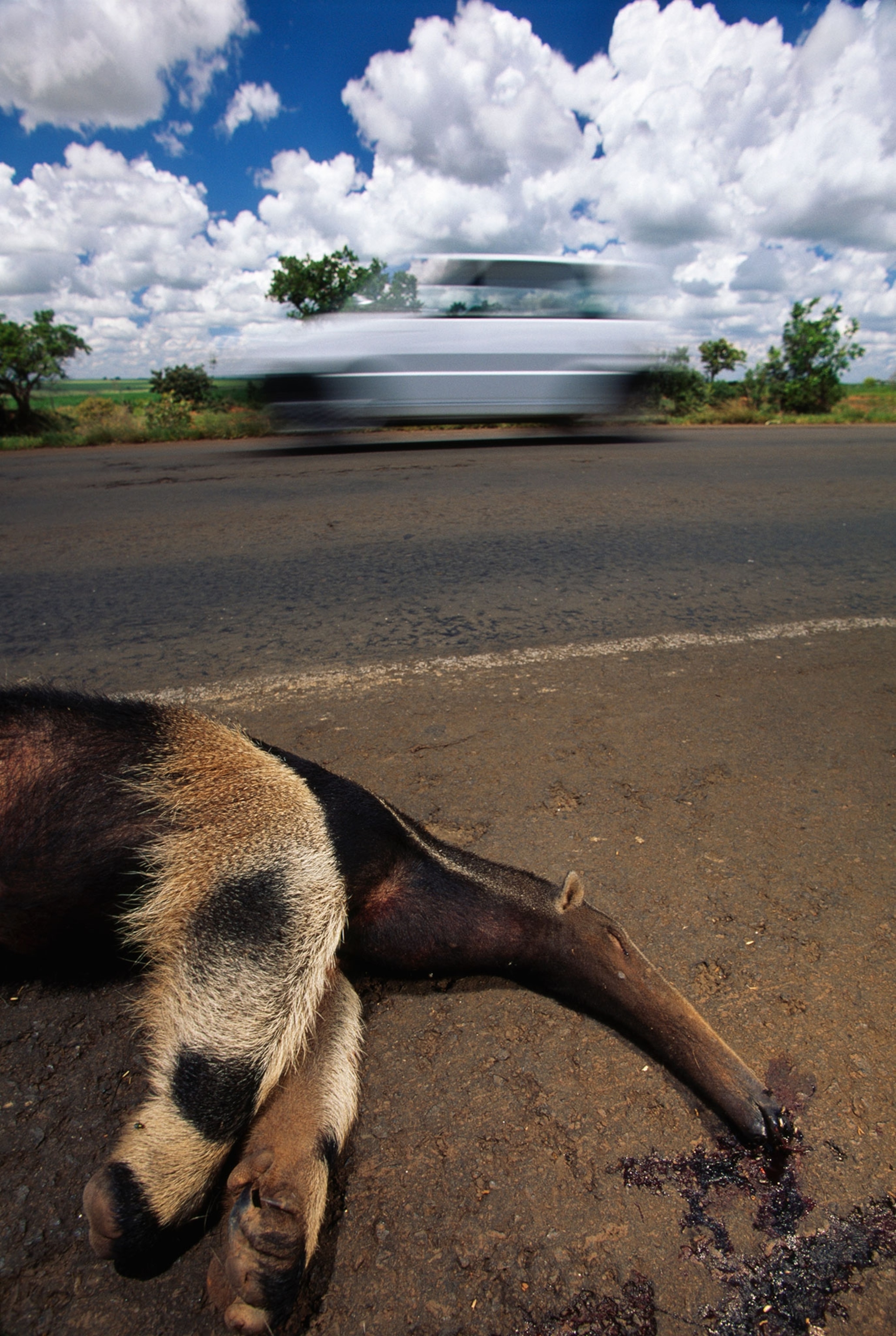
2. The Body Farm
Forensic scientists need to study dead bodies in order to understand how they decay in various conditions, so they can give an accurate estimate of how the person died, when, and where. In some human decay research facilities, colloquially called body farms, people can donate their bodies after they die.
Boston University prefers that its body farm be called the Outdoor Research Facility. While researchers and grad students wait for permission from the BU president to start accepting human donations, they study decay in pigs, rats, and whatever carcasses are donated by the Massachusetts Division of Fisheries and Wildlife. The Mass DFW has a freezer full of dead animals, many of which are road casualties.
“The research that we’re doing at this facility is important because it’s building data that are useful for people in forensic contexts,” says Jon Bethard, a professor and researcher who works at the Outdoor Research Facility.
“We need to know how long it takes for a set of remains to appear in the way that they do ... so if you have a forensic case, you know when to begin looking," he says. "Do you look five years ago? Do you look 10 years ago?”
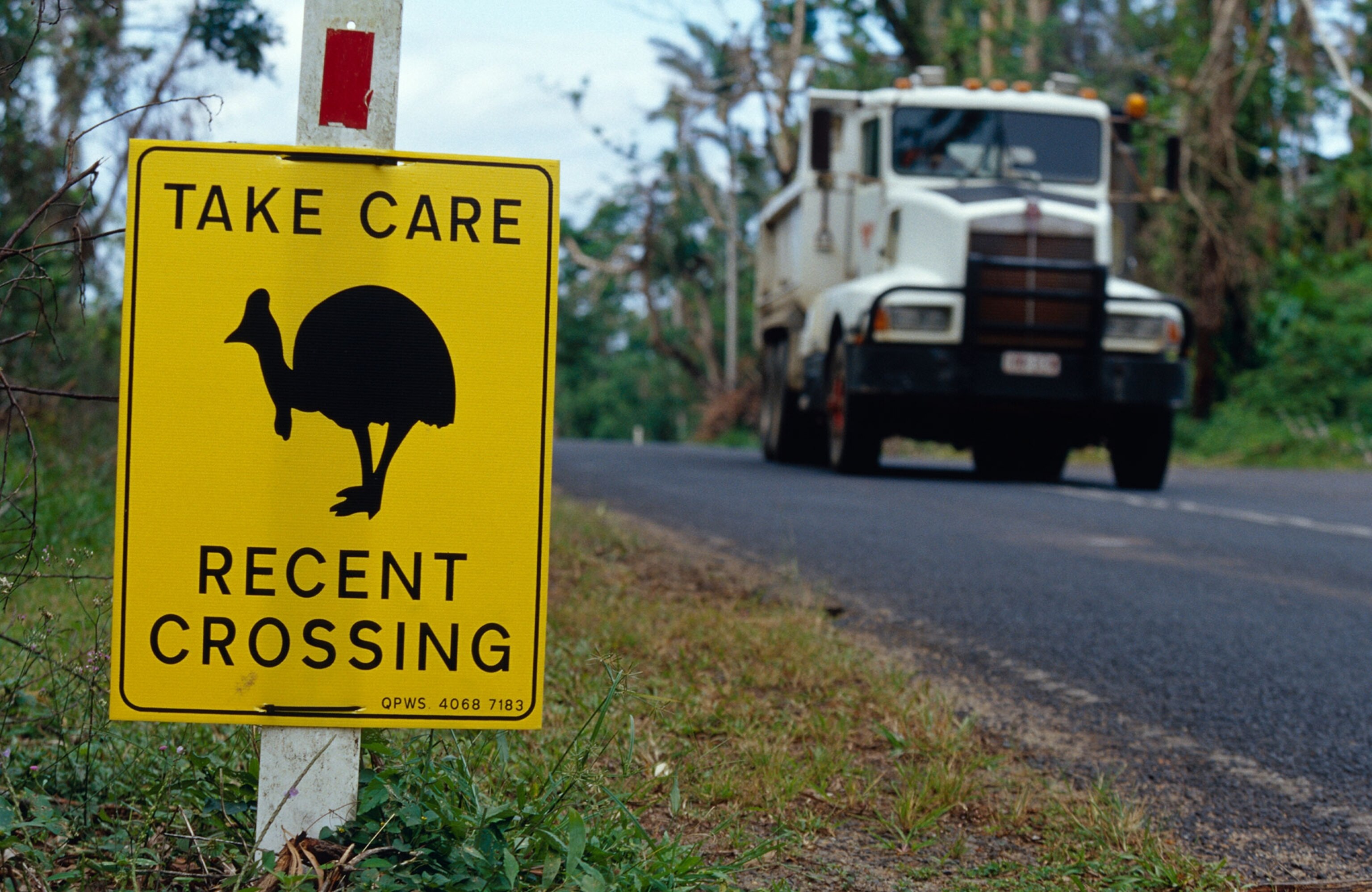
3. To Prevent More Roadkill
In Massachusetts, you can report casualties of vehicular animal slaughter to an organization called Linking Landscapes. Sometimes, they’ll give the carcass to someone who is doing research with that animal. But one of their main goals is to prevent more animals from getting hit.
“We’re trying to understand the landscape ecology of wildlife, where are they moving across the landscape,” says David Paulson, a biologist for the Division of Fisheries and Wildlife, who works with Linking Landscapes. “The conservation goal there is to improve crossing conditions, through fencing or a culvert. The whole field is called road ecology.”
In 2010, the organization recorded 101 turtle mortalities at an intersection of Route 119. In response, Linking Landscapes put up fencing to prevent turtles from crossing there. In 2012, the organization did a similar survey and found only 10 dead turtles in the same unit of time.

4. To Capture Predators for Research
The Bay Area Puma Project in California researches mountain lion diet, movement, and hunting patterns. To do this, they have to capture and collar mountain lions.
Researchers set out traps and use roadkill—usually deer—for bait. When a panther comes, they collar it, set it free, and then use the coordinates sent by the GPS on the collar to observe where the puma is going. If the mountain lion keeps returning to the same area, that means that they have a kill there, and the researchers can visit and see what kind of food the animal is eating.
“We monitor their movement, we check their kill sites,” said Ally Nauer, a biologist who works at the Bay Area Puma Project. “When we look at the GPS data we look for what we call clusters. We see that they’re returning to the same spot several days at a time. We go investigate their cluster, which is usually their kill.”
By seeing the kills that the pumas are returning to, they can better understand what animals make up a puma’s diet.
Usually, collecting roadkill is illegal in the state, but the Bay Area Puma Project has a collection permit issued by the California Department of Fish and Wildlife. They work with local roadkill collection crews to obtain the carcasses, which are otherwise incinerated.
If you see an animal on the side of the road, there are various things that you can do with it, depending on where you live. If you can get it off the road without touching it, that will help prevent other animals from also getting hit by cars while scavenging the carcass. In some states, you can collect it yourself and eat it, if that’s what you want to do. Otherwise, you can see if there is a scientist nearby who is studying that animal or needs some meat for their carnivores.
Correction: A previous version of this story indicated the Seneca Park Zoo was in Seneca; actually it is in Rochester. The zoo also no longer has ocelots.
Follow Kristin Hugo on Tumblr.

